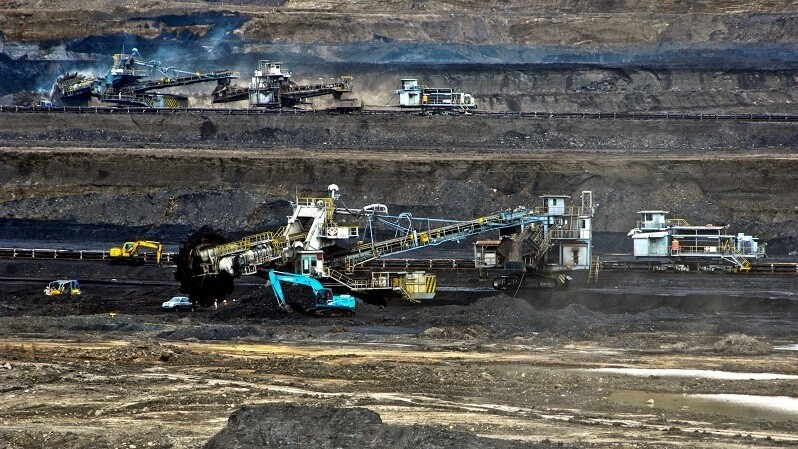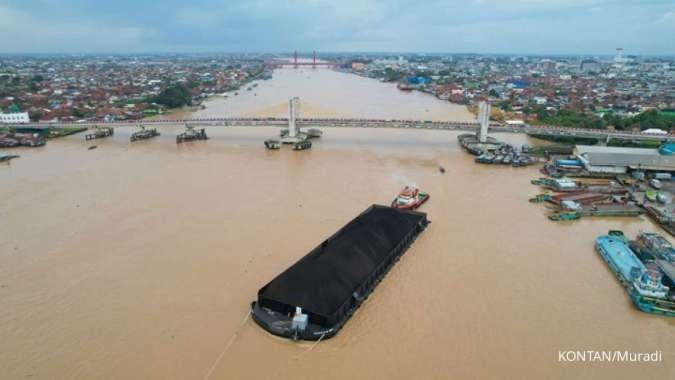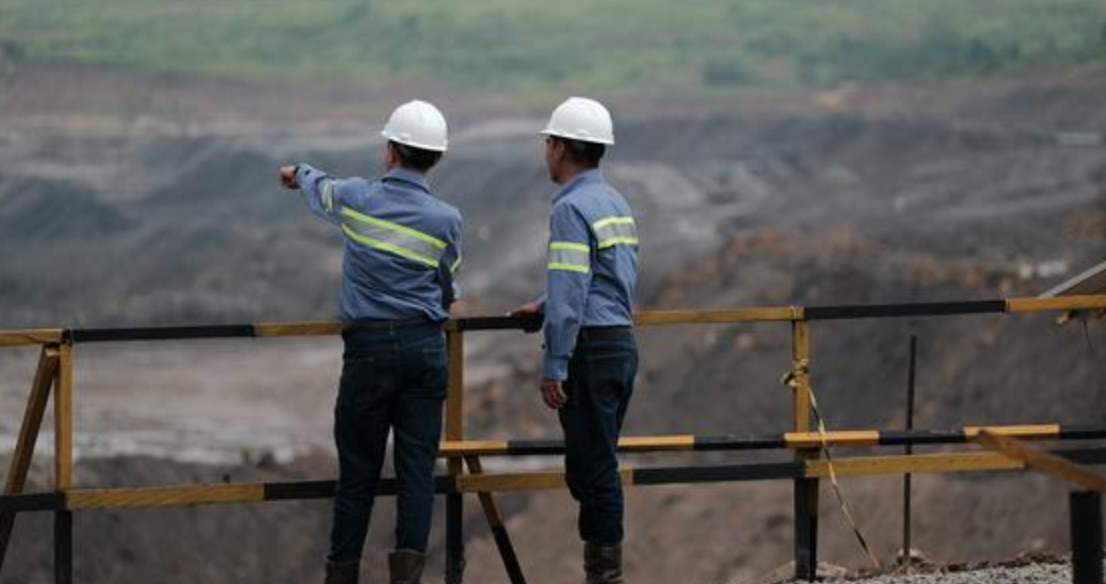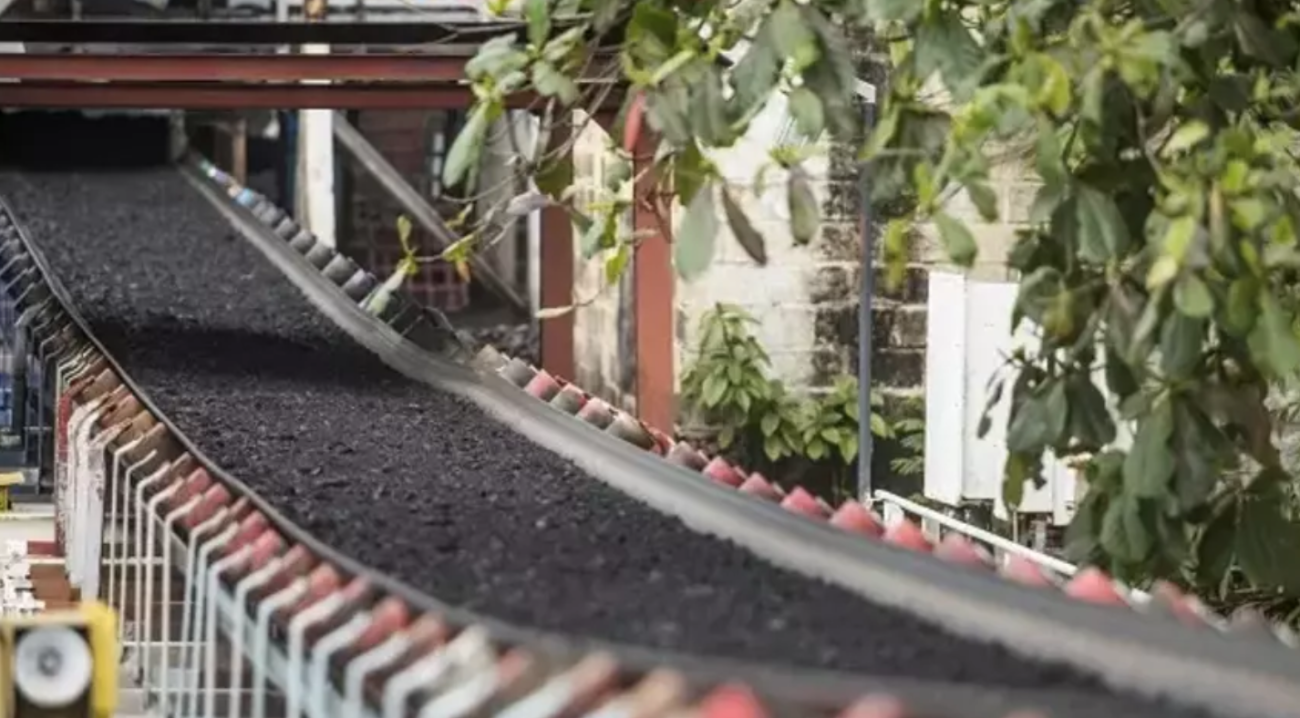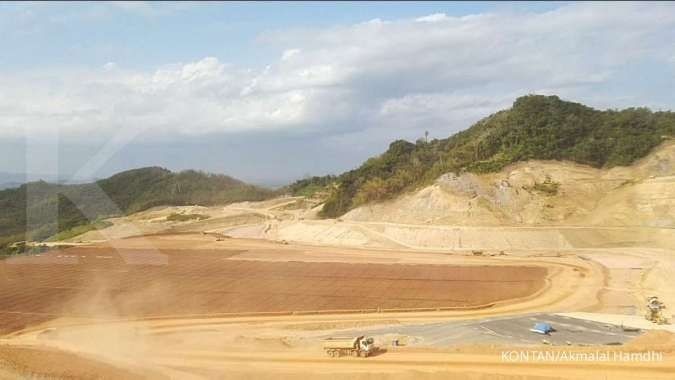PT Bukit Asam Tbk (PTBA) is ready to increase coal production to 40 million tons in 2023. The increase in targets is in line with the collaboration carried out by the company with PT RMK Energy Tbk (RMKE) recently. In addition, the company will also increase production capacity with various developments in the future.
President Director of PT Bukit Asam Tbk (PTBA) Arsal Ismail explained, this year the company determined that coal production was 35.5 million tons with the realization reaching 27.7 million tons. In this collaboration, PTBA will use RMKE's loading and unloading facilities and transport PTBA's coal using a railway line owned by PT Kereta Api Indonesia (KAI) through Megang station.
"In collaboration, RMKE and PTBA will handle coal of 2.5 million tons in 2023 and is projected to increase gradually," he explained to Investor Daily, last weekend.
In addition to RMKE, the company is currently collaborating with KAI to develop coal transportation on the Tanjung Enim-Keramasan route with a capacity of 20 million tons per year. This route, is scheduled to operate in the fourth quarter of 2024. Previously, PTBA targeted an increase in coal transportation capacity in Tanjung Enim to double capacity by 2027.
"We are also developing a coal transportation route to Prajen Pier with a transportation capacity of 20 million tons per year and is scheduled to operate immediately in the third quarter of 2026," he said.
For information, PTBA has coal reserves that have not been monetized as much as 3 billion tons with a production rate of 35 million tons per year.
Meanwhile, VP of Downstream Development of Bukit Asam Setiadi Wicaksono said, in the context of the energy transition trend and its relation to the coal industry, the company observed four main factors.
First, the cyclical factors of the global economy that will drive coal demand relatively come from developing countries in the long term. Second, the direction of net zero emissions (NZE) which will trigger the demand for coal commodities to fall.
Meanwhile, the next factor is the energy revolution which makes the portion of NRE in the future more significant, which has a direct impact on the decline in coal. The last factor is about ESG.
According to Setiadi, the ESG factor is now very important considering that it deals with funding where global creditors have avoided types of investments that are not environmentally friendly.
Facing industry challenges and the company's target of monetizing coal reserves of 3 billion tons, PTBA also prepared a long-term plan consisting of four pillars. The first pillar relates to the coal business, while the other three pillars concern the company's efforts towards an energy transition.
Setiadi explained, in the first pillar, PTBA will increase capacity in line with the large amount of coal reserves that have not been monetized at the company's sites. "So, if we look at 2060, it is already the out phase of NZE, while our reserves are still a lot. So, inevitably we have to increase production capacity," he explained.
Image source: B Universe Photo/Mohammad Defrizal
Image source: investor.id
